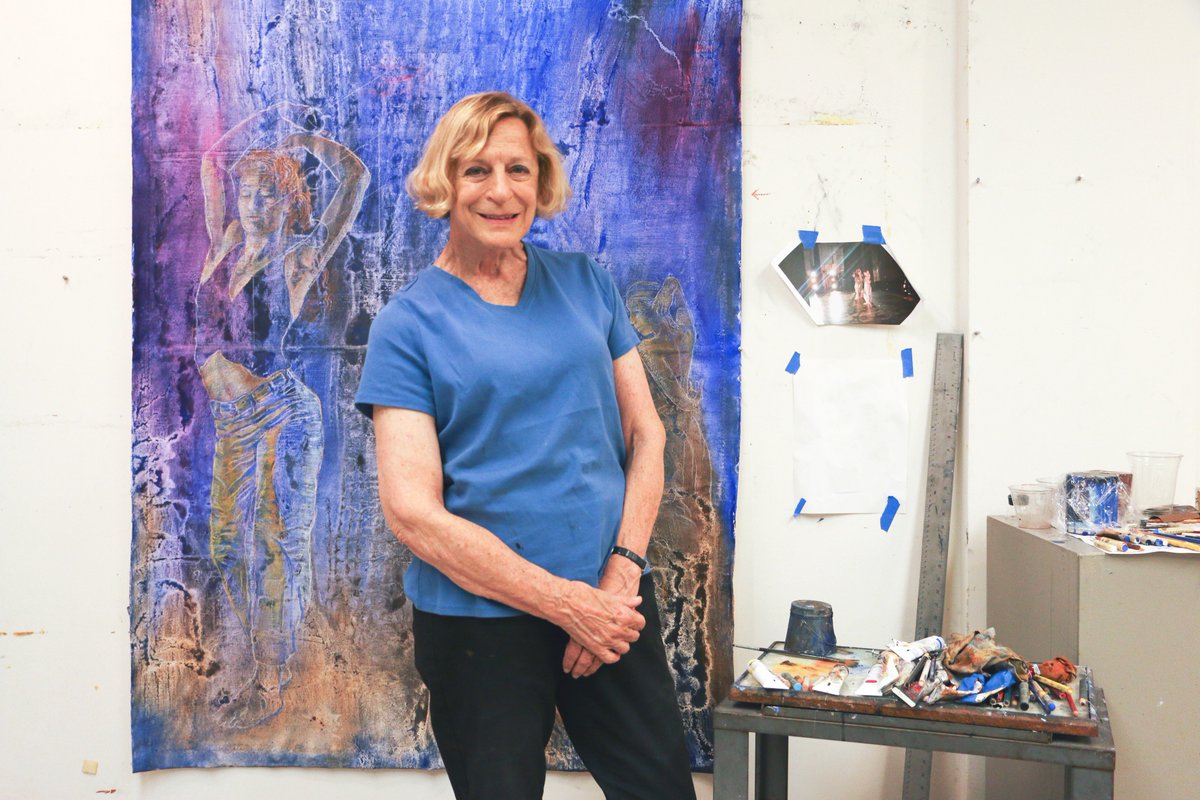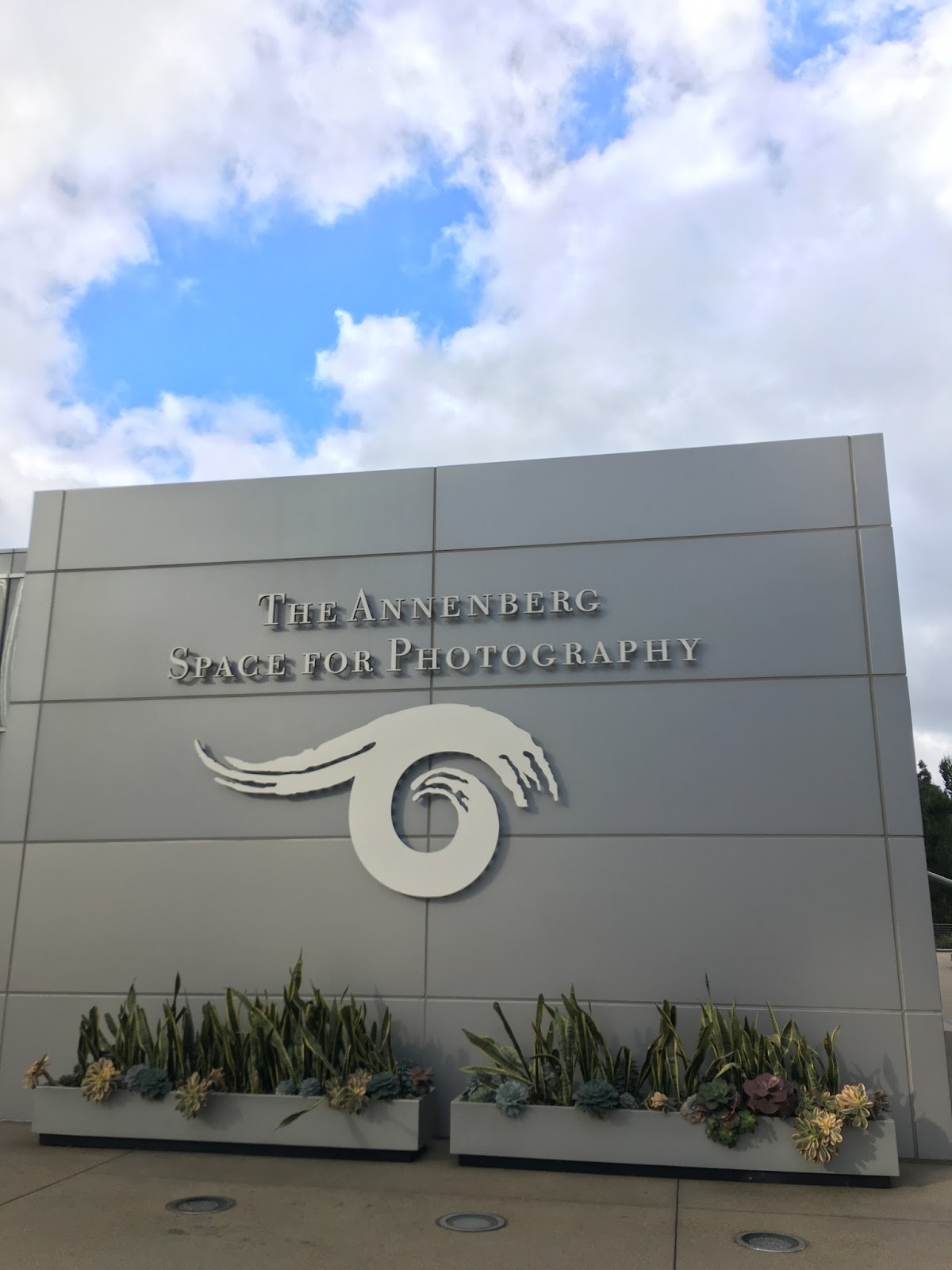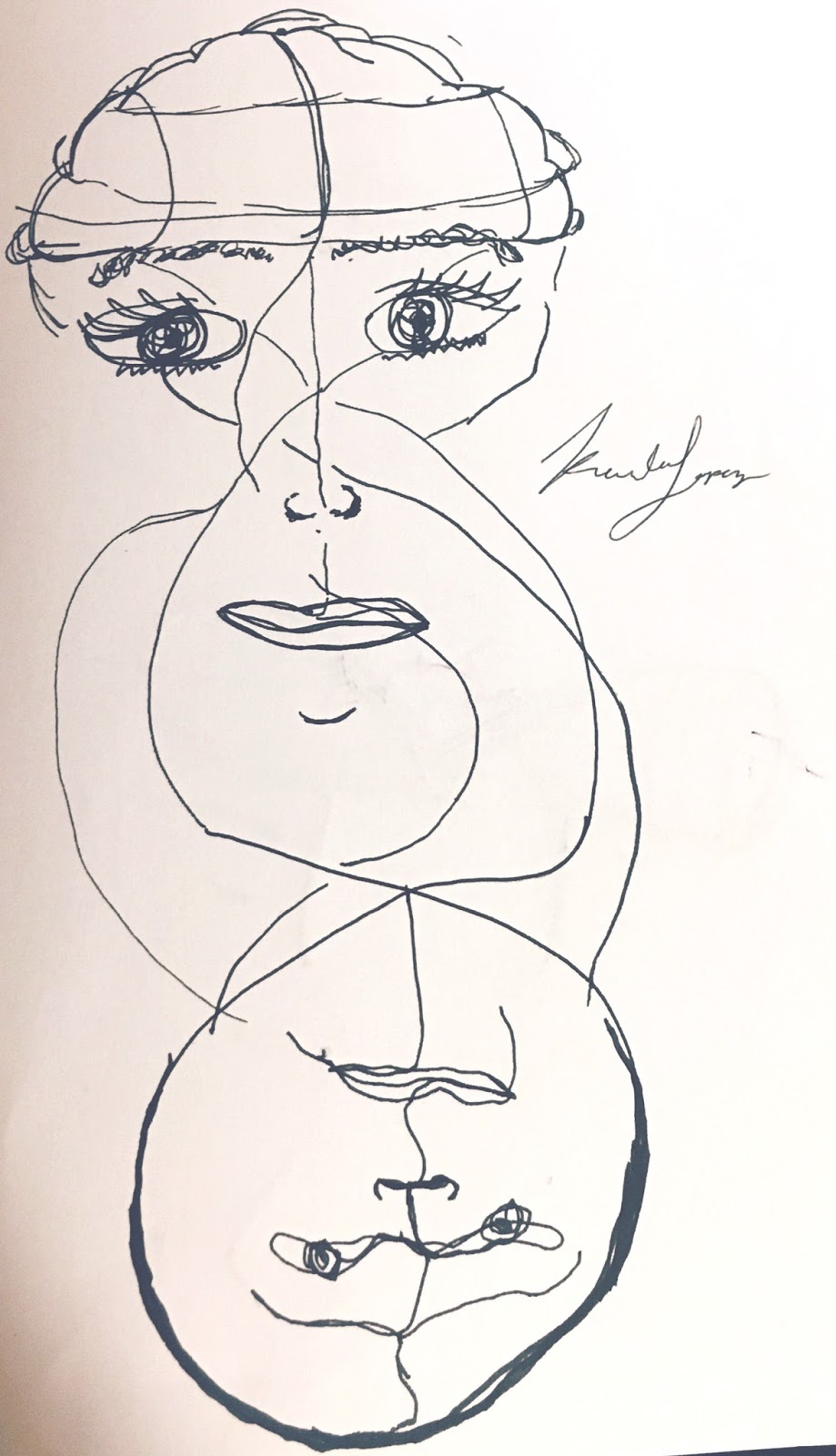Dec. 4 2017 | Jewish Art // Ruth Weisberg Profile |
During Ruth Weisberg's, the
first Jewish woman artist in the Art Association, schooling years at the
University of Michigan. A visible discouragement by school faculty especially
male professors towards women artist in her class was seen through her
schooling years. The women in her class were discouraged from getting MFA
degrees since they were destined to be according to the professors at the time,
"housewives."
"I knew it wasn't the case, but we couldn't argue with them," stated Ruth.
Currently, the Jewish
community especially women are faced with an issue from the current Trump
Administration’s display of anti-Semitism and anti-Women rights. Women
reproductive rights attacked through settled laws diminishing abortion clinics
and available resources for safe intercourse is worrisome. Weisberg’s work highlights
the values of culture and femininity, enlightening communities to be self-aware
of their power of togetherness and values as individuals in a frazzled country.
Jewish art, broadly defined by
Weisberg, is art done by a Jewish artist, Jewish topics, and the Jewish world
such as art related to the Torah, the religious practice, and the history. The
broad definition doesn't include the different circumstances which can bring
different interpretations.
"She is an artist with a
deep engagement in both history and art history," stated via email John
Seed, a professor of art, art history, and current Huff Post writer, "She
views art as being a living thing and participates in it while both respecting
and extending its long lineage."
Seed formally introduced to
Weisberg by his painter friend, F. Scott Hess and learned more about her by
attending to several of The Representational Art Conferences (TRAC) years ago.
"I'm a woman artist, who
came up in an era initially of quite a bit of discrimination against
women," stated Weisberg.
Weisberg's art is influenced
by the Jewish culture and her experience as a Jewish women. A work dear to
heart, a painting of a childhood photograph of Ruth and her sibling a part of a
Peter Pan production exemplifies the significance of cultural self-awareness
and deep engagement with art.
"Promoting the work of
Jewish artist, or whatever group wants in, you should try to benefit from these
opportunities and have people learn the background of these diverse
groups," said Weisberg.
The conventional wisdom given
to Weisberg growing up about the openness of being a Jewish individual was
discouraged. Being an outspoken Jewish artist determined the fatal end to her
career; it would count against her according to the art colleagues.
"It was
frustrating," added Weisberg.
Growing up Weisberg was
exposed to the activism of women's rights. Her mother, Theresa Weisberg, had
been on the first Commission on the Status of Women in the state of Illinois
and her grandmother was one of the few to march for women's right to vote.
Alfred Weisberg, Ruth's architect father, had been a supportive backbone to the
women suffrage as well.
The Women’s building in Los
Angeles during the 1970’s recognized Weisberg’s efforts in the feminist
movement as a Jewish woman empowering others through the work of art and
activist approach in motivating woman artists to value themselves and work.
“She was a force in the
feminist movement and did it with grace and intelligence; Ruth hit the pavement
and was a great inspiration,” stated Jack Rutberg, owner of Jack Rutberg Fine
Arts, Inc.
Rutberg met Weisberg in the
Graphics Art Council at the Los Angeles County Museum of Art; the engagement of
Weisberg in the lectures of the multiple artists attracted Rutberg into
learning more about Weisberg.
Now as a USC professor of Fine
Arts currently teaching figure drawing, Weisberg acknowledges the influence she
has had on her students because of the activist exposure from her hard-working
family growing up.
"It feels great to be
part of this continuity [of influence]--this lineage," stated Weisberg.
The feminist structure of her
teaching has inspired her students to depict and acknowledge the discrimination
within the art world. A world that contains a dark monopoly about the value of
art and male art becoming valued far more than women.
According to Weisberg, it
"doesn't count for all men because there is discrimination within various
men as well."
"We just don't live in a
fair world, if you haven't noticed," added Weisberg.
Although, her style of
teaching is influenced by a teacher, Emmanuel Jacobson, at the Junior School of
the Art Institute of Chicago as well.
She remembers the Saturday
morning classes and Jacobson's demanding and "wonderful values"
according to Weisberg, being something that became embedded in her way of
perceiving art.
Jacobson based work ethics off
of observation and the ability to view art in specific ways which are values
she implements in her current figure drawing classes.
"She takes a real
interest in the traditional making of things, printmaking, figurative
drawing," stated Bryn Ziegal, a current USC Art student, "That's
something you see a little bit less in the art world today."
Ziegal has taken two courses
taught by Weisberg and firmly believes the passion Ruth Weisberg displays in
her teachings especially in raising awareness of self-importance as a women
artist in the art world.
Ruth Weisberg is set to
continue her current work about dance and maintain her effort to reach out to
diverse audiences by traveling to art shows especially an upcoming Italy show
in May.
"It's very important to
take a proactive role of women artists in the various communities," said
Weisberg.
Sources Information:
Ruth
Weisberg
Email: reweisb@usc.edu
John Seed
Email: Johnseed@gmail.com
Bryn Ziegler
Email: brziegle@usc.edu
Jack
Rutberg
More Resources/Information about Ruth Weisberg's Art:




Comments
Post a Comment